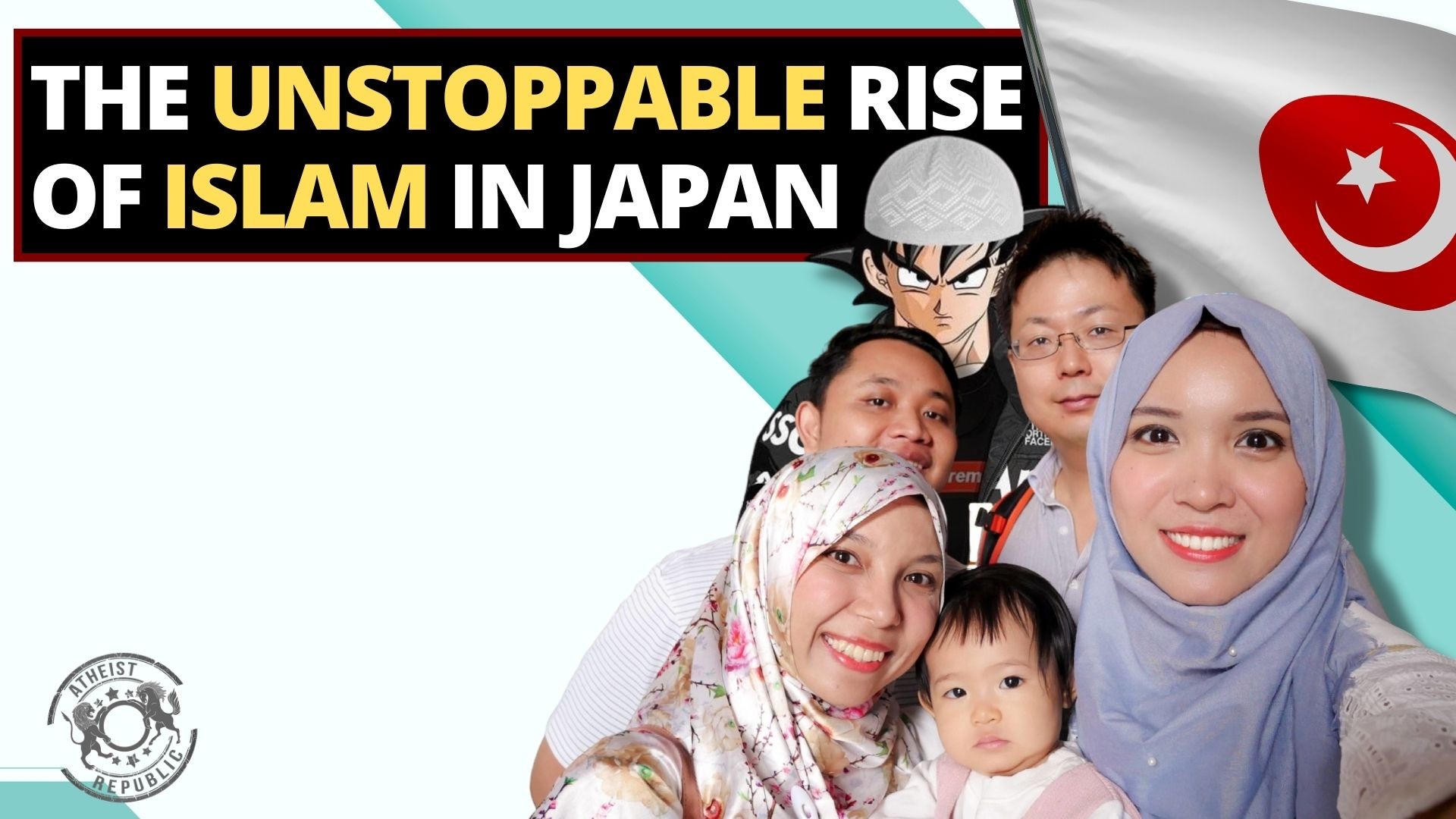
Japan’s Muslim population doubled in just over a decade.
Islam remains one of the smallest minority religions in Japan, representing around 0.15% of the 126 million people living in Japan. But that may soon change as it grows rapidly in the East Asian country.
Unlike other minority religions in Japan, notably Christianity, Islam’s history in Japan is relatively brief, especially compared to its longstanding record in other Asian countries such as Muslim-majority Malaysia, Catholic-majority Philippines, and Buddhist-majority Myanmar.
But with a massive 110% increase in followers from 110,000 in 2010 to around 230,000 adherents by the end of 2022, Islam is the fastest-growing religion in Japan. However, Japan’s neighbors like South Korea and Taiwan also experience a surge in Muslims in recent years. China’s Muslim population is also growing steadily despite a slowing growth rate, with a projected growth rate of 28.5% from 2010 to 2030, as the Pew Research Center noted.
This exponential growth mirrors the rate at which Islam is growing worldwide. Islam is the fastest-growing religion globally, with a 1.84% growth rate and an expected population of 2.9 billion in 2050. On the other hand, Christianity and Hinduism, two of the world's biggest religions, along with Islam, have a growth rate of 1.38% and 1.52%, respectively.
The main factors that push Japan’s Muslim population upward are increased immigration from Muslim-majority countries and marriages between Muslims and ethnic Japanese. According to data from 2016, around 120,000 Overseas Muslims live in Japan. Most are foreign workers from Iran, Indonesia, Pakistan, and Bangladesh.
Professor Emeritus Hirofumi Tanada, a Japanese expert on Islam, also stated that out of the 230,000 Muslims living in Japan as of 2022, 183,000 are non-Japanese Muslims who mostly came to the country as workers or students. The rest (46,000) are ethnic Japanese who converted to Islam.
Although conversion is prominent among ethnic Japanese women after they marry Muslim men, a few university professors, and intellectuals also converted to Islam, as noted by an article in the Harvard Asia Quarterly as early as 2007.
As Japan’s population shrinks to shockingly low levels, the country will need more foreign workers to keep its economy up and running. And as Japan’s demand for foreign workers keeps growing in the future, Japan’s Muslim population will continue to grow as more foreign workers from Muslim countries such as Indonesia, Pakistan, and Bangladesh would seize the opportunity to migrate to Japan in search of better opportunities.
As the number of Muslim foreign workers increases, so is the likelihood of them settling down and marrying ethnic Japanese people, which would increase both the number of converts and the number of children identifying as Muslims.
Japan's Muslim population is younger than other demographic groups in the country, suggesting that there will be second and third-generation Japanese Muslims in the future.
And with half of Muslims in Japan being married, the likelihood of this would further increase, coupled with other factors such as low anti-Muslim sentiment in Japan and curiosity among the general public.
In the 1980s, it was unimaginable to see a Muslim community or a mosque in Japan, as narrated by Muslims like Mohamed Shokeir, who first visited Japan in 1981. But now, there are around 90 mosques across the country, cementing the future role of Islam in a country that barely knew about the religion until recently.
